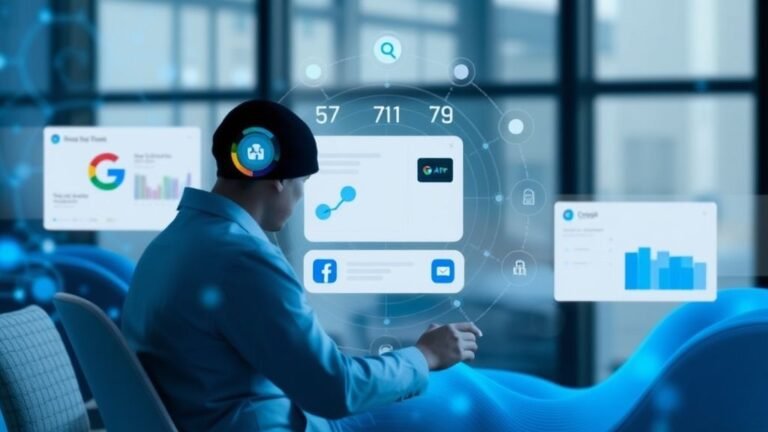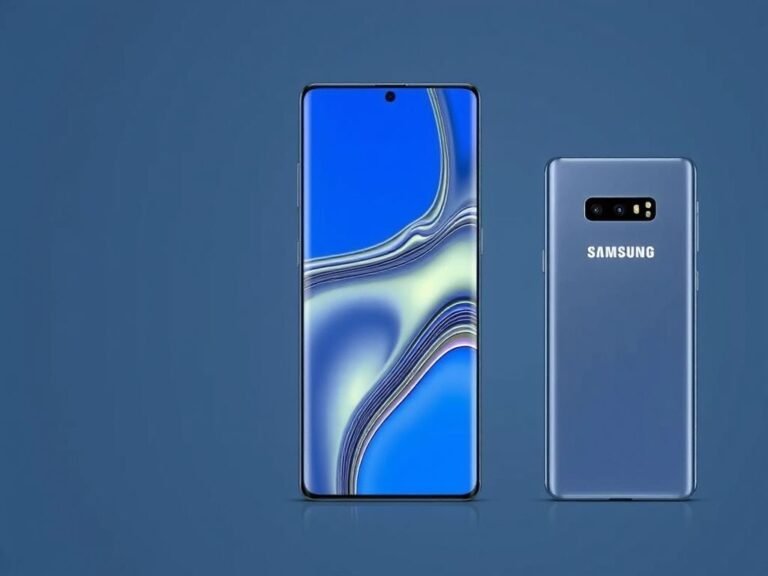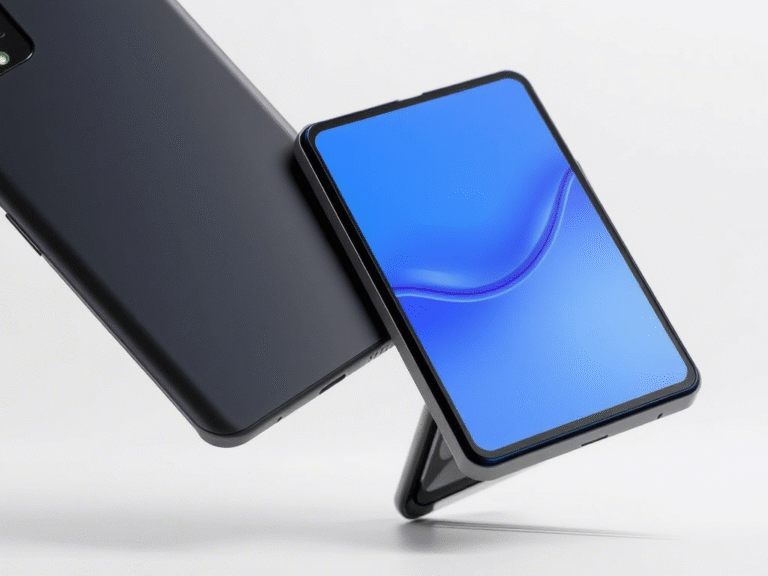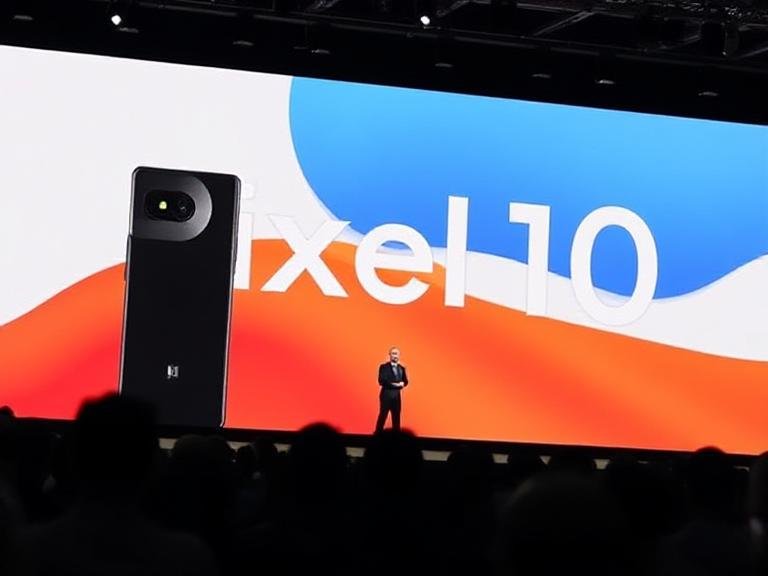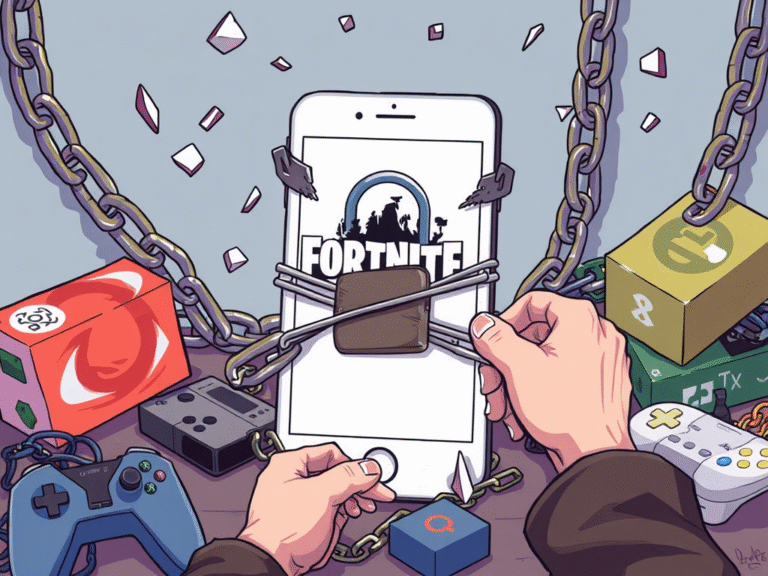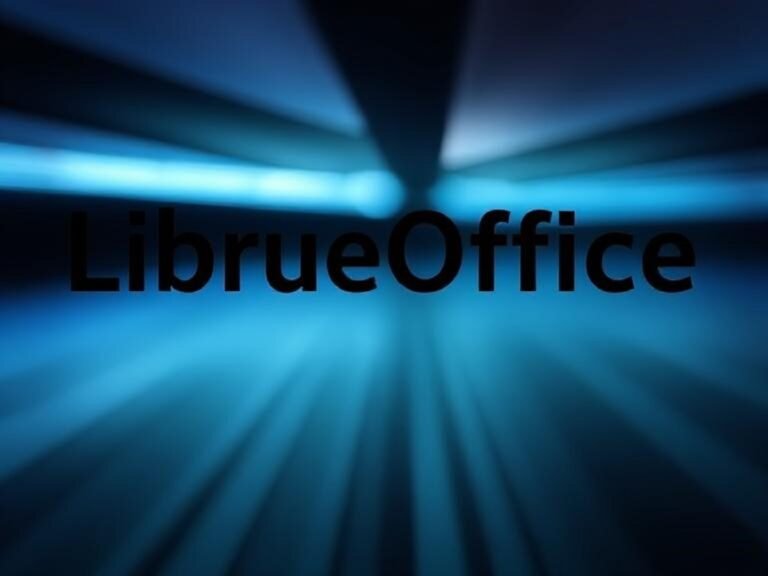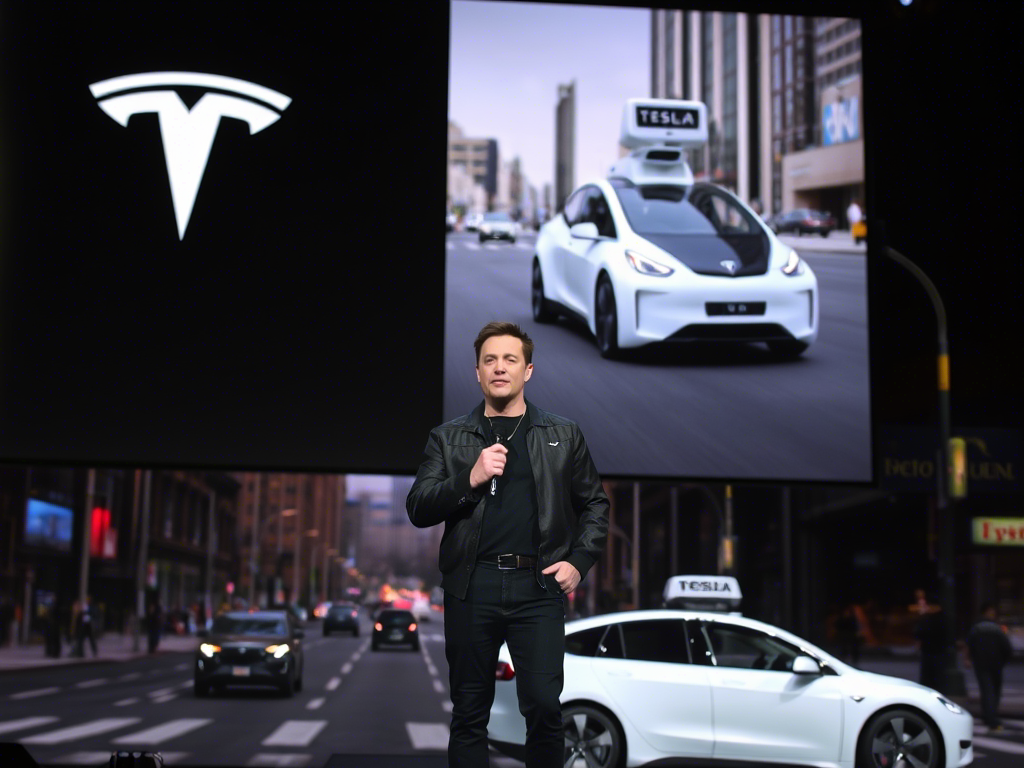
Tesla Robotaxi Launch Nears, Claims Elon Musk
Elon Musk, CEO of Tesla, has once again set a tentative date for the company’s long-promised robotaxi service: June 22 , with an initial launch planned in Austin, Texas . In a post on his social media platform X (formerly Twitter), Musk emphasized that while the date is set, safety remains the top priority — and any concerns could push it back.
The pilot program will reportedly start small, with only 10 to 20 Tesla Model Y SUVs operating within a limited geographic area. These vehicles will be monitored remotely by human supervisors to ensure smooth operation. Musk also mentioned plans to roll out factory-to-home autonomous driving for new Tesla buyers starting June 28 .
🚗 Promises vs. Reality: A Pattern Repeats
This announcement comes as many have grown used to ambitious claims from Musk about full self-driving capabilities. Back in 2019 , Tesla promised a similar robotaxi service would launch in 2020 — a deadline that came and went without fulfillment.
Skepticism isn’t just coming from observers. U.S. regulators have also raised concerns. Last year, the National Highway Traffic Safety Administration (NHTSA) criticized Tesla for marketing its “Full Self-Driving” feature in a way that made it seem more capable than it actually was, urging the company to align its messaging with reality.
🏙️ Entering a Crowded Field
Tesla isn’t entering this space alone. Competitors like Waymo , Google’s sibling company, are already well-established in the autonomous ride-hailing market. Waymo currently offers thousands of paid rides each week in cities like Phoenix, San Francisco, Los Angeles , and even Austin — where Tesla plans to debut its own service. The company has even started testing its vehicles in Tokyo , showing how far ahead it is in real-world deployment.
But being first doesn’t come without risks. On June 8, a group of protesters in downtown Los Angeles summoned multiple Waymo vehicles using the app. Once the cars arrived, the demonstrators slashed tires, smashed windows, and spray-painted slogans on the vehicles — before setting several of them on fire.
⚠️ A New Kind of Risk: Summoning Trouble
The incident raises a serious concern for Tesla and other driverless car companies: if people can summon a car with no one inside, what’s stopping them from calling one just to destroy it?
It’s one thing when vandals randomly target autonomous vehicles — but it’s another when someone uses the very technology against itself, calling a vehicle to a remote location for a premeditated attack.
Given the polarizing nature of Elon Musk — especially following his controversial social media behavior and public clashes with figures like Donald Trump — this isn’t just a hypothetical problem anymore.
There have already been cases of Tesla vehicles being vandalized, including incidents where swastikas were carved into cars and graffiti reading “Burn More Teslas” appeared on walls.
🔍 What Comes Next?
As Tesla prepares for its robotaxi launch, the company faces not only technical hurdles but also growing public scrutiny and potential backlash. While the promise of autonomous transportation continues to excite many, the path forward is proving to be as much about public trust and safety as it is about innovation.
